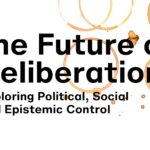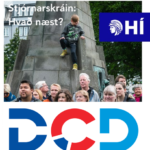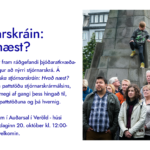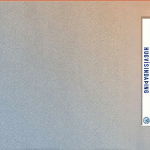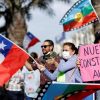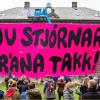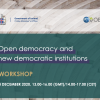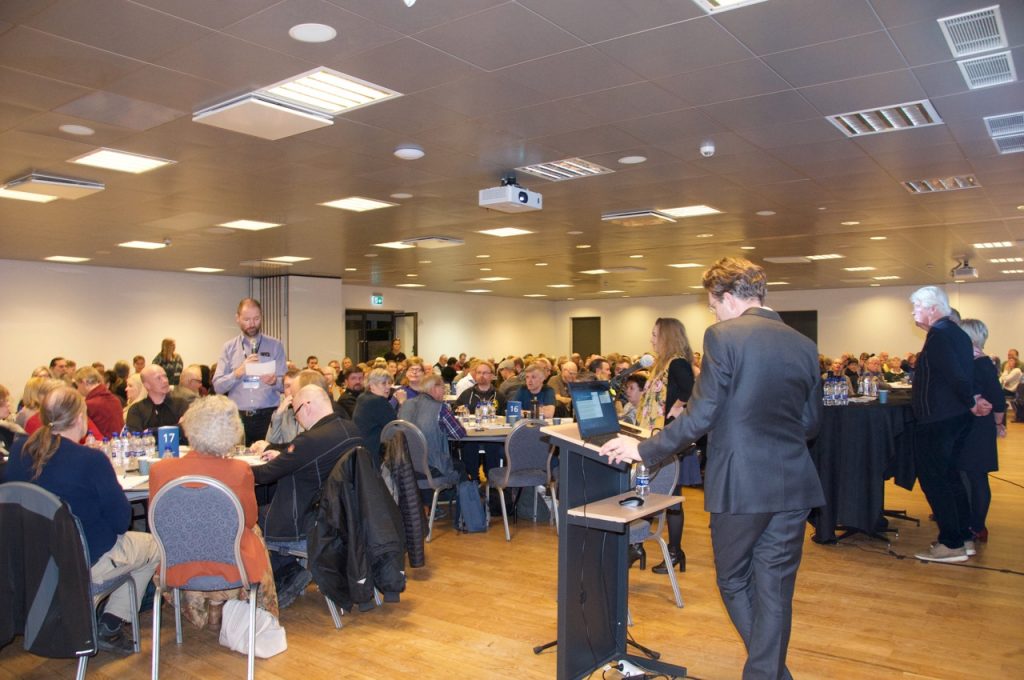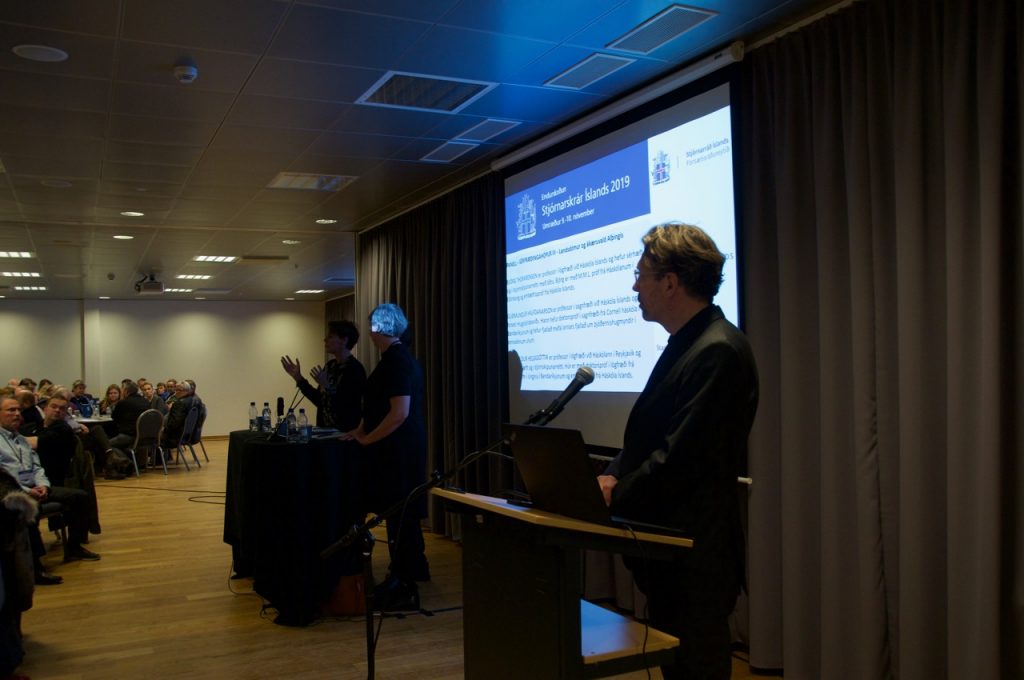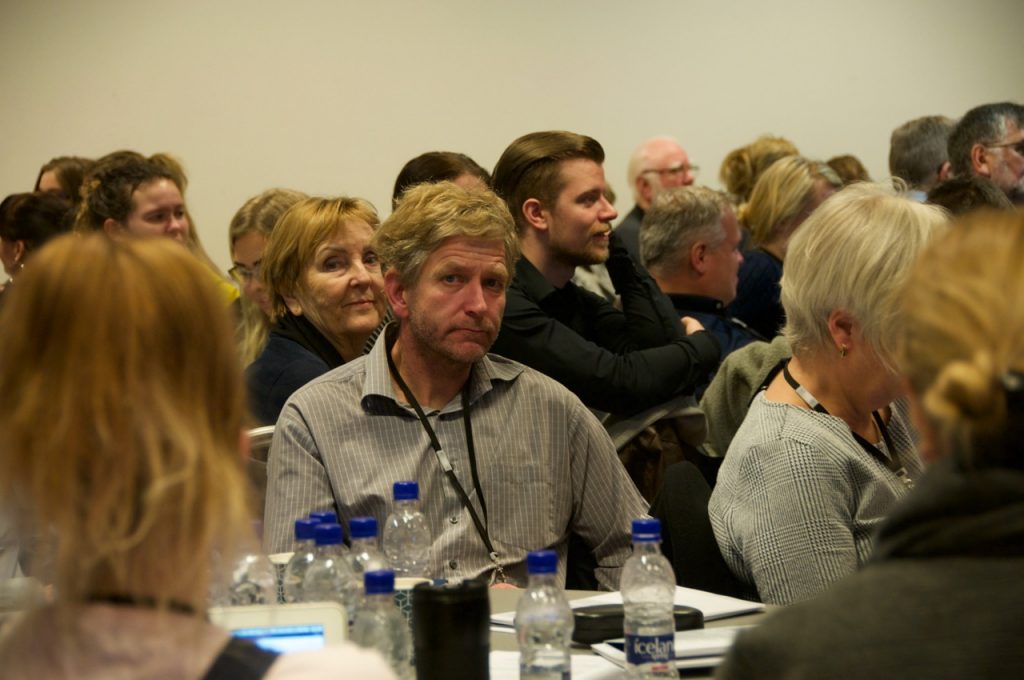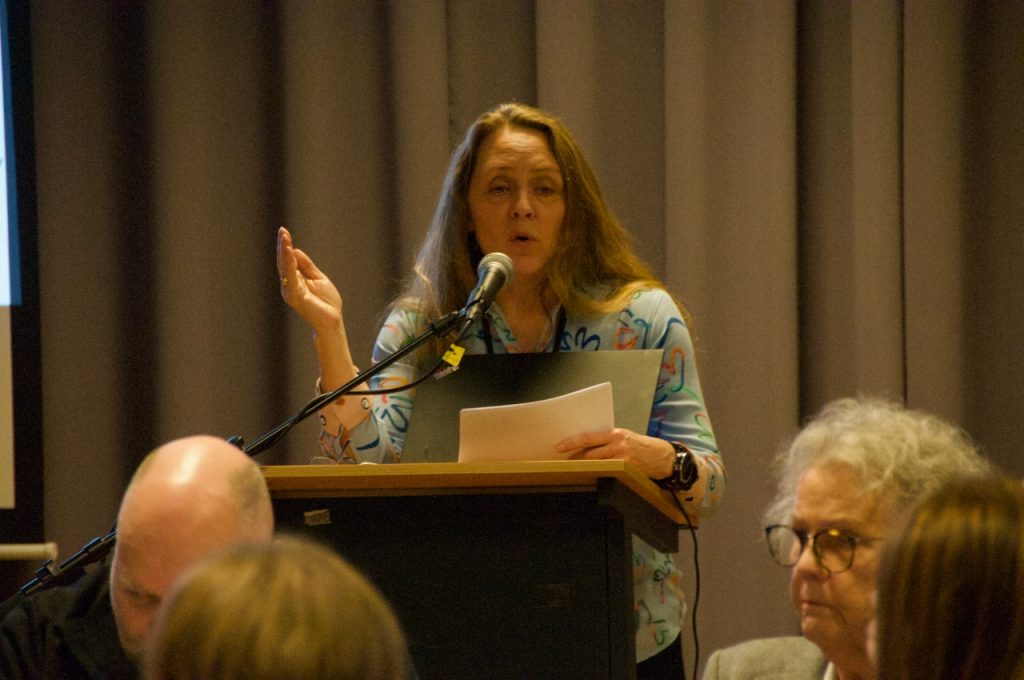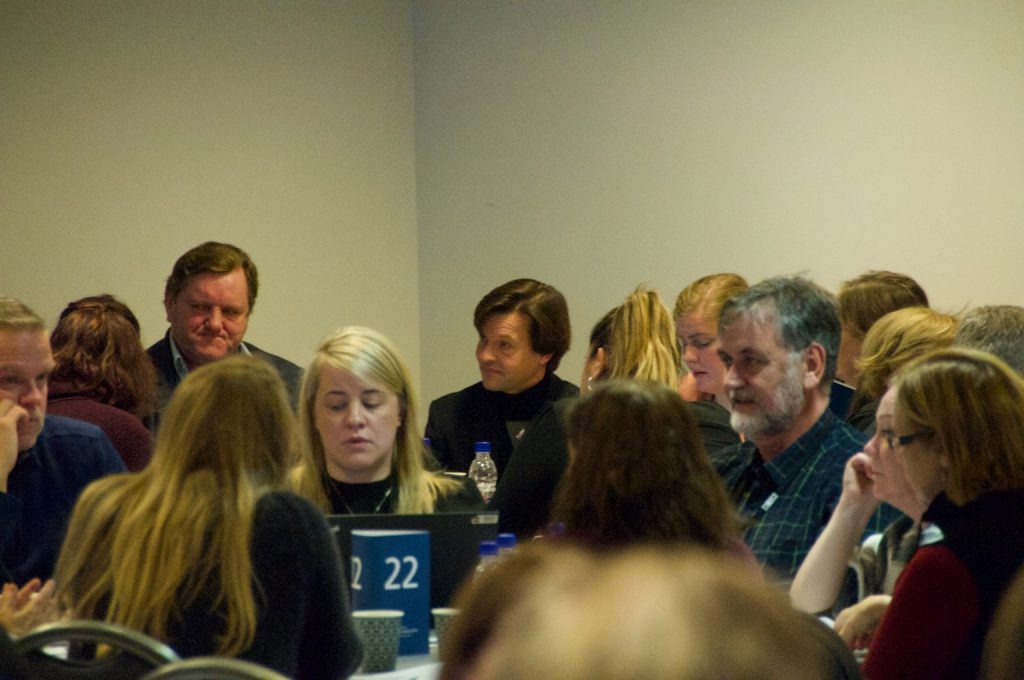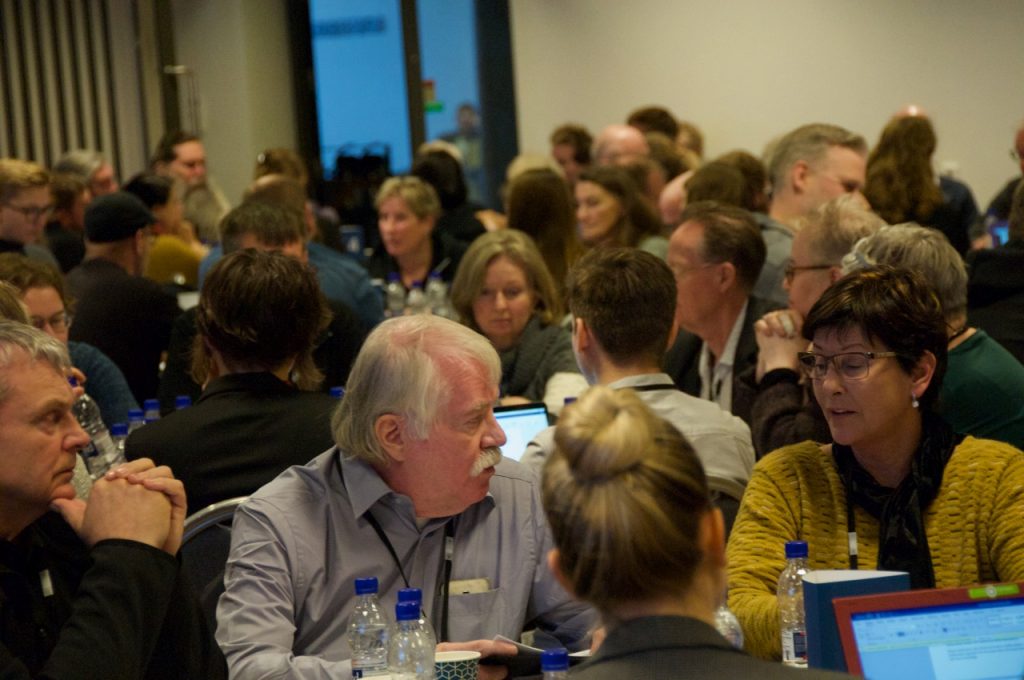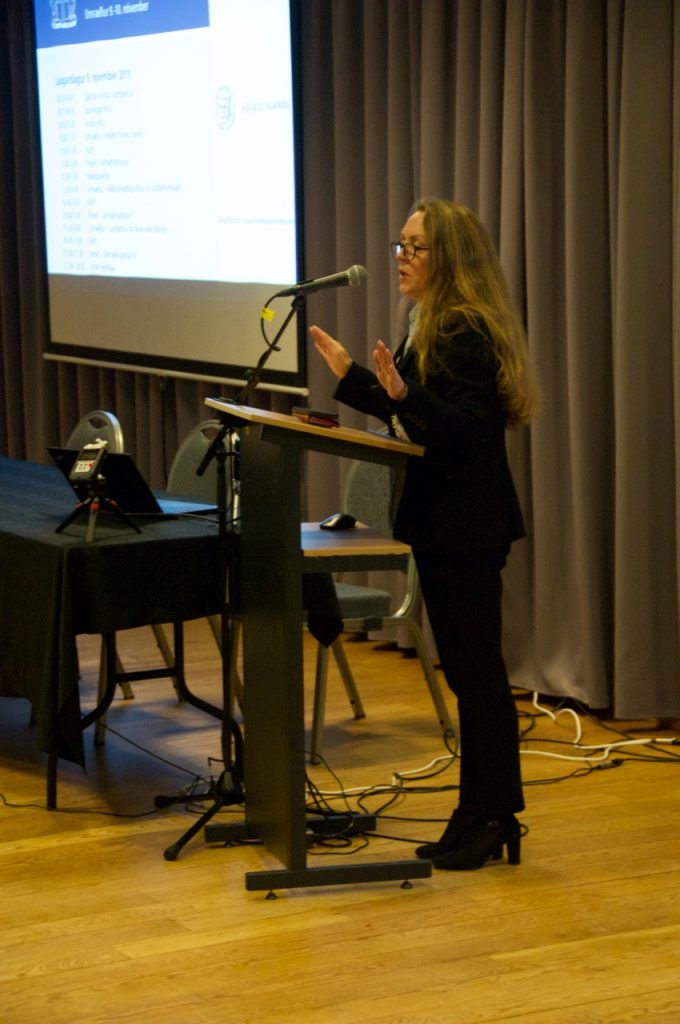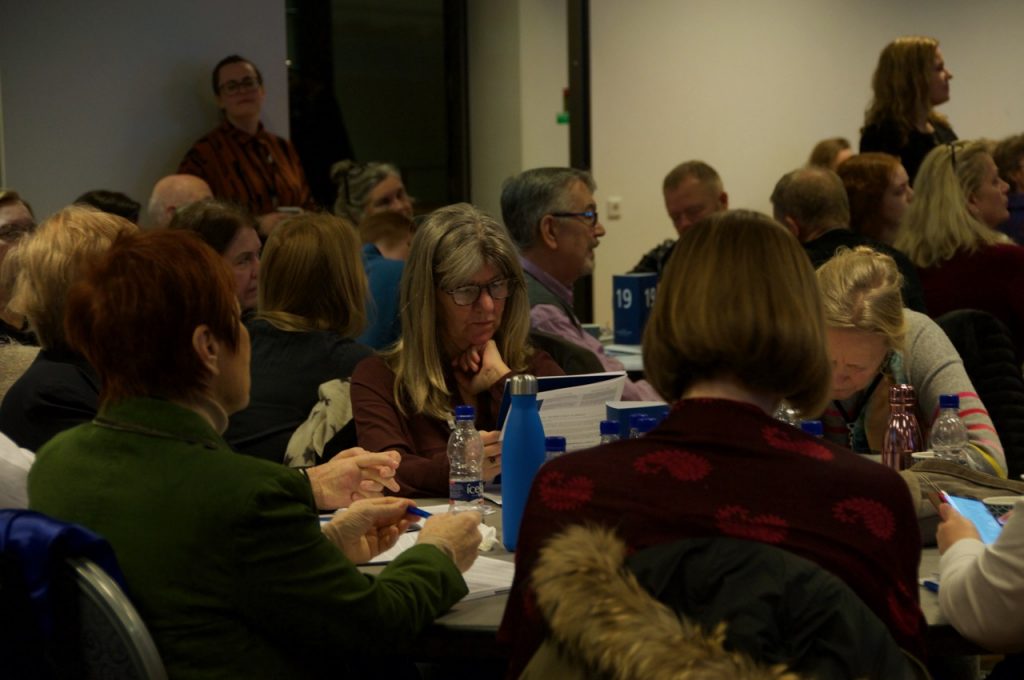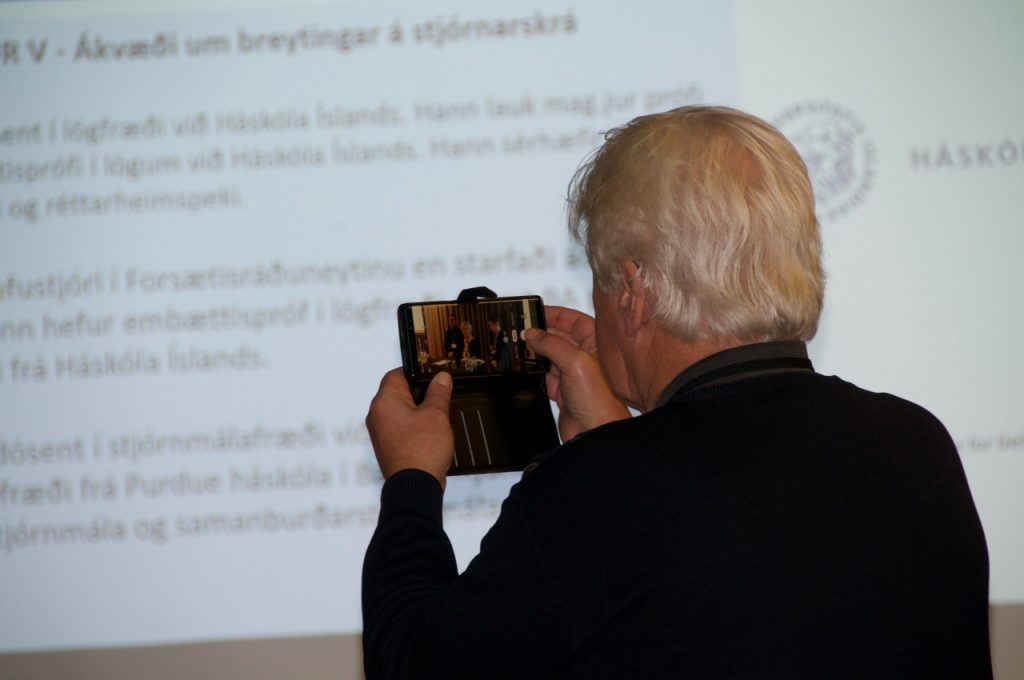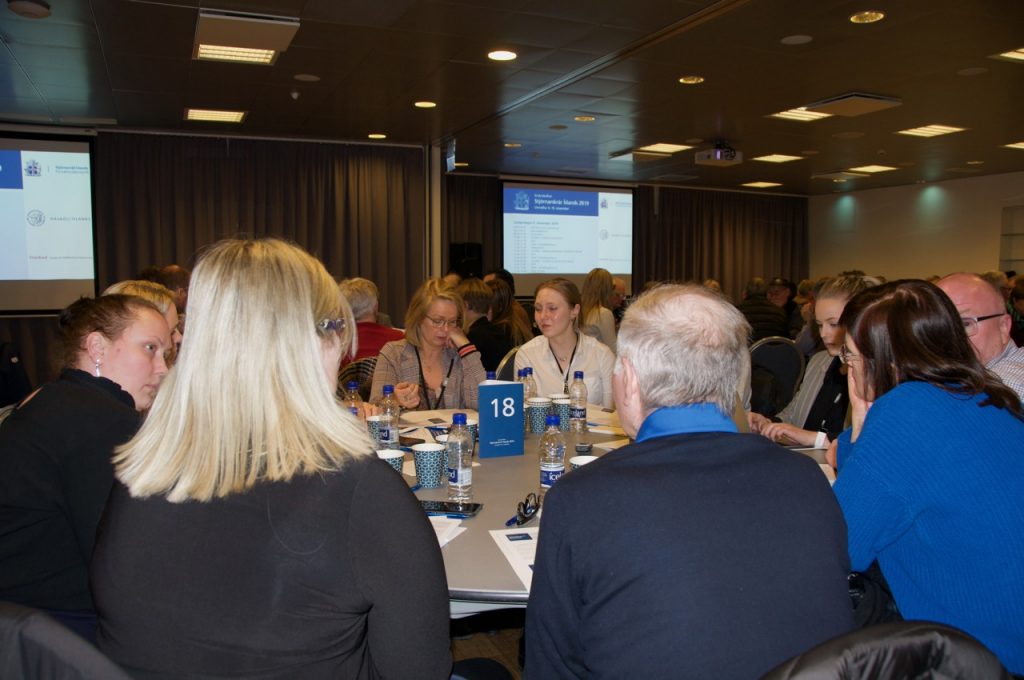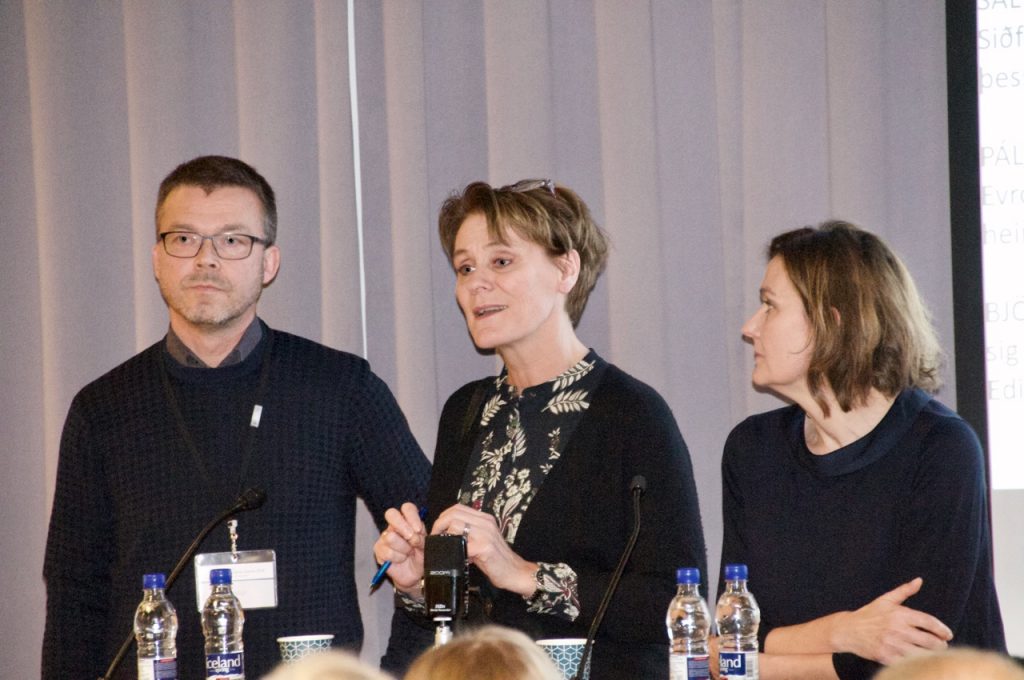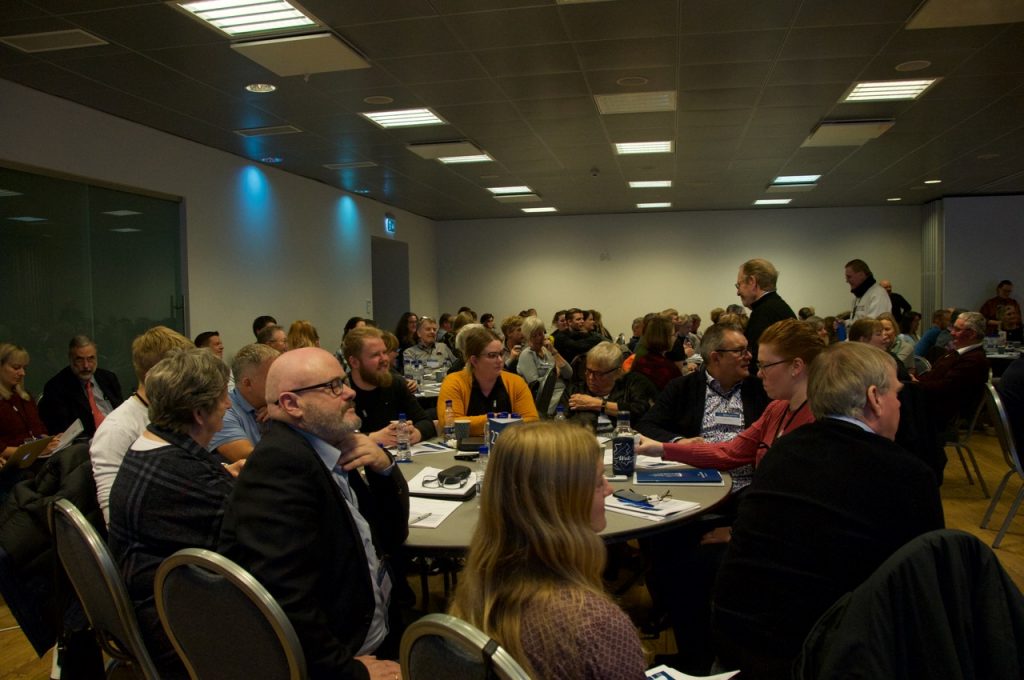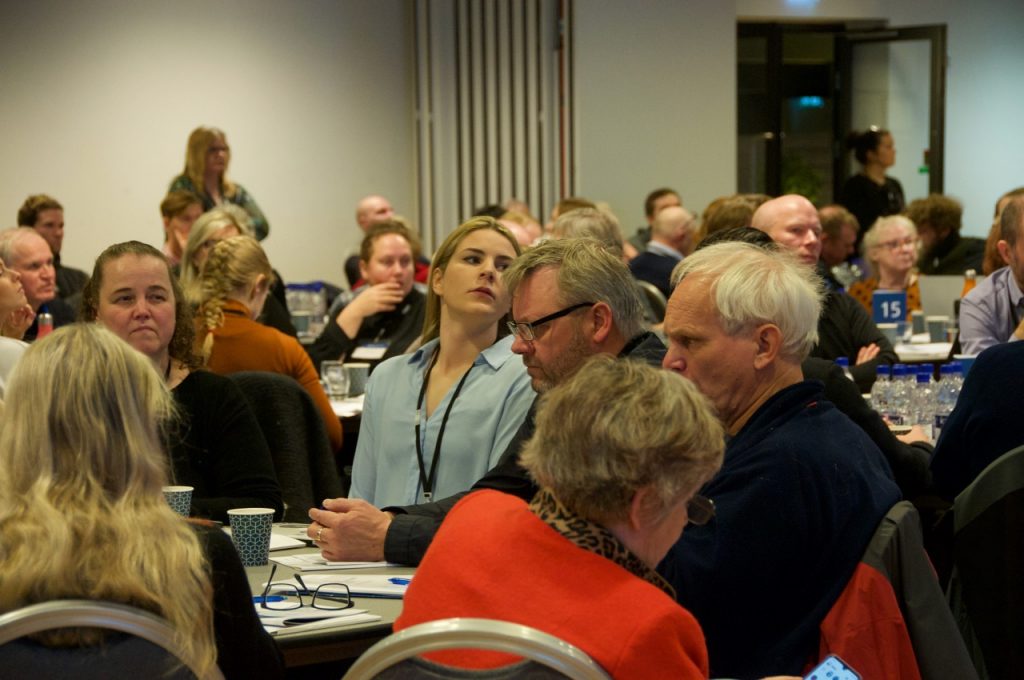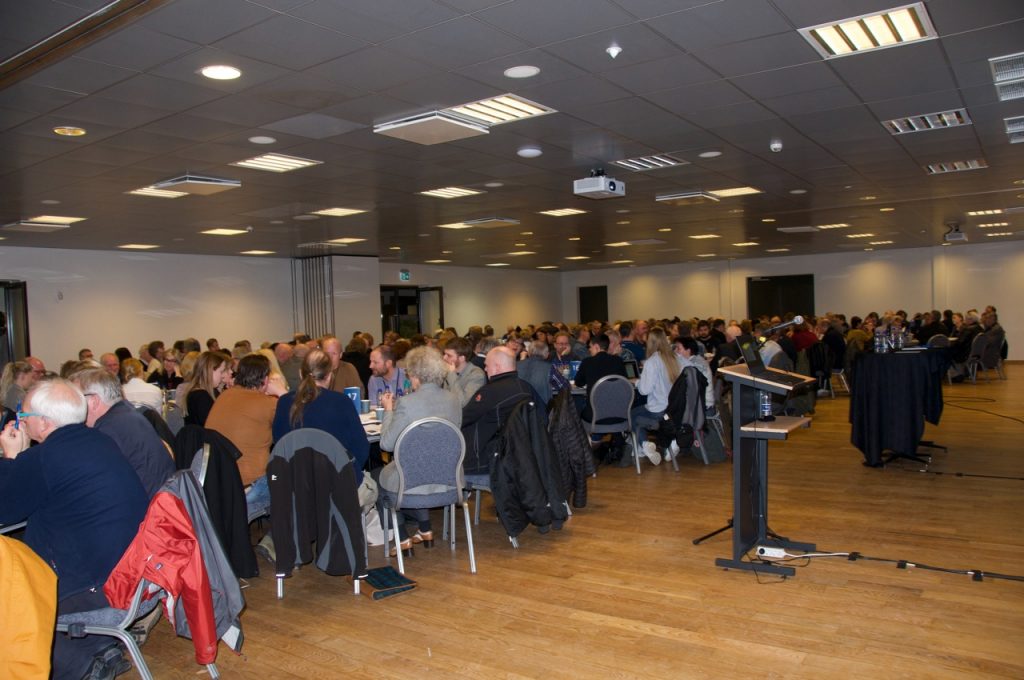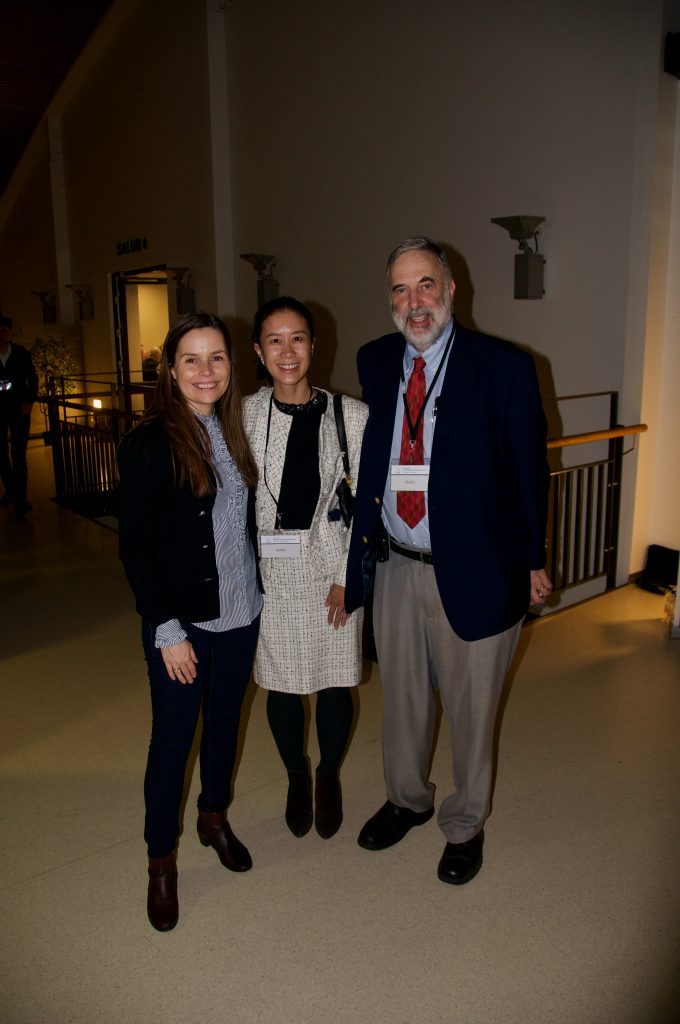| TITLE OF PAPER | Vulnerability and political resistance – bodies and infrastructure |
|---|---|
| AUTHORS NAME | Anders Rubing |
| AFFILIATION | Centre for Women’s and Gender Research (SKOK) |
| UNIVERSITY / INSTITUTE | University in Bergen, Norway / Centre for Women’s and Gender Research (SKOK) |
| anders.rubing@gmail.com | |
| ABSTRACT |
Through Butlers (2016) definitions of infrastructure, vulnerability, resistance and Weizmans (2007) concept of political plastic I examine how vulnerability and specifically the vulnerability in the textile materiality is instrumental in the way protest camps create politics. Vulnerable gendered and racialized bodies plays and the infrastructure supporting these bodies plays a central part in making politics in public space (Butler 2011, 2016). The political resistance of the camp and the tent, I argue, is defined by the vulnerability, both the bodily and the material. |
| BIOGRAPHY |
Anders Rubing is a PhD candidate at the Centre for Women’s and Gender Research (SKOK) at University in Bergen, Norway. Rubing is an architect educated at Bergen School of Architecture (BAS) and the Bergen Academy of Arts and Design. Anders programmes and teaches master studios at BAS where he also is a thesis supervisor. He is co-editor of the multi-award-winning book ‘The City Between Freedom and Security: Contested Public Spaces in the 21st Century’ (Birkhäuser, 2017). Rubing is also a frequent contributor to national architecture magazines like for example ‘Arkitektur N.’ |
| CO-AUTHORS |
– |
| KEYWORDS | Vulnerability, Resistance, Architecture, Protest, Protest Camps, Oslo, |
| STREAM | 7. Exceeding the Actual: Visions and Spaces for Change |
| COMMENTS | |
| PICTURE | |
| Webpage | |
| @gnibur | |
Home »
